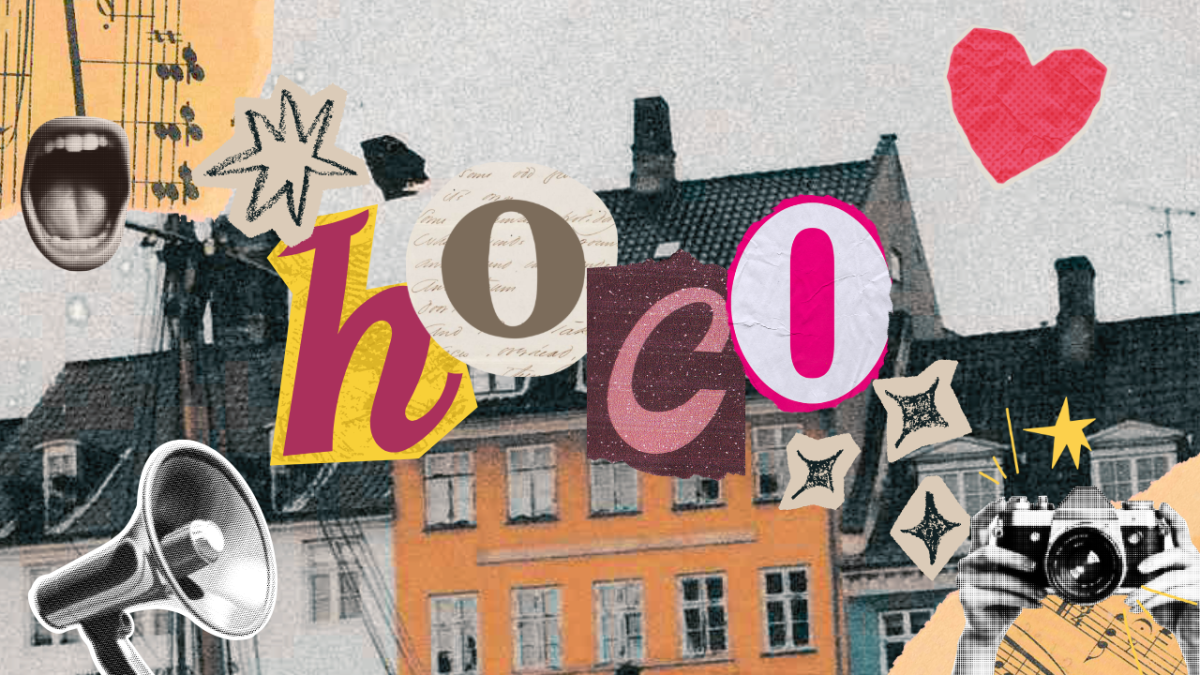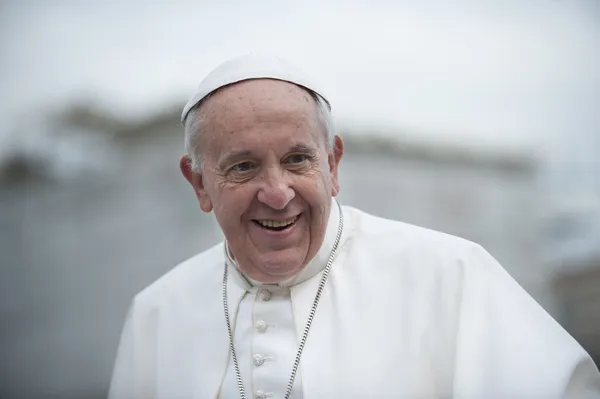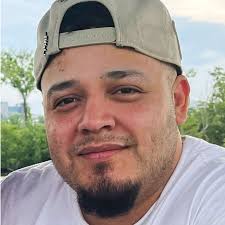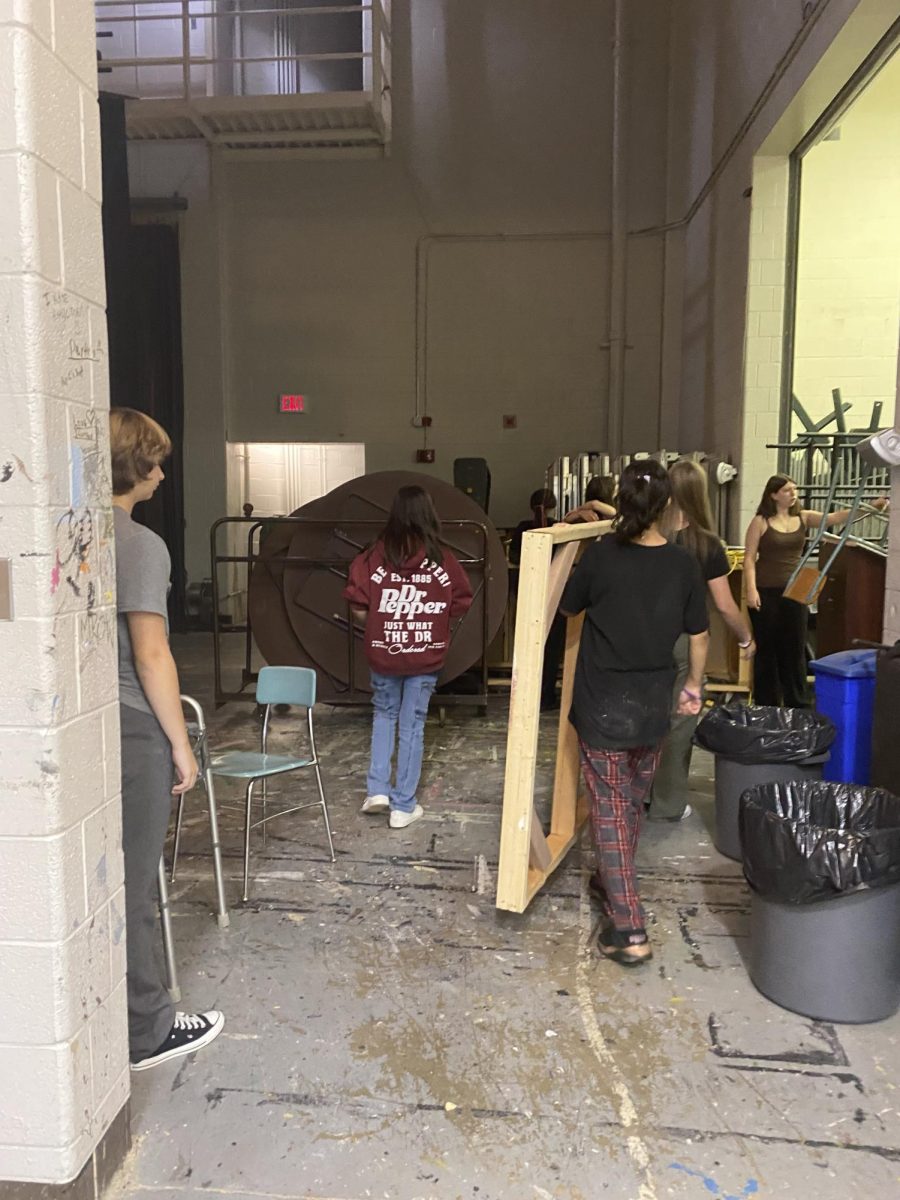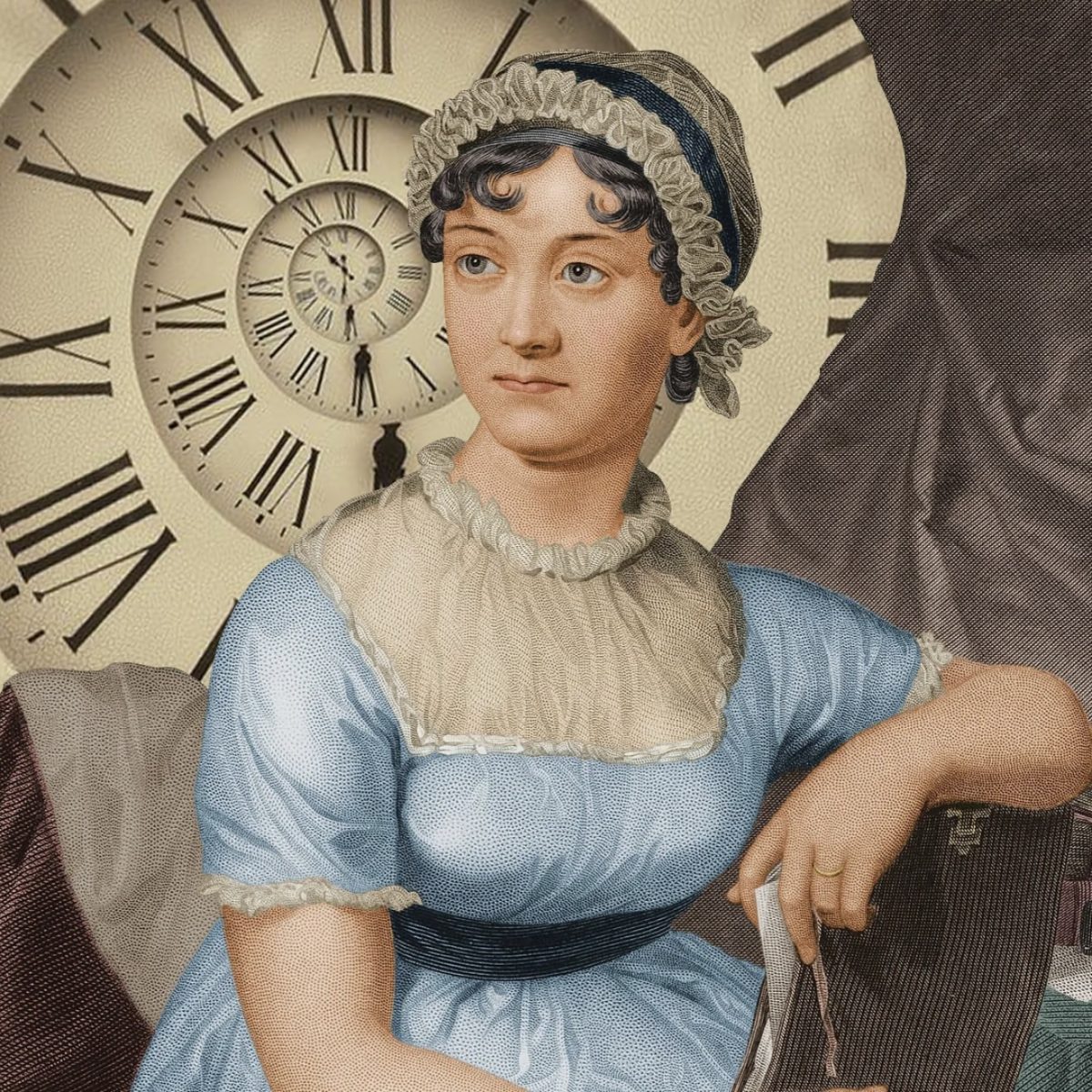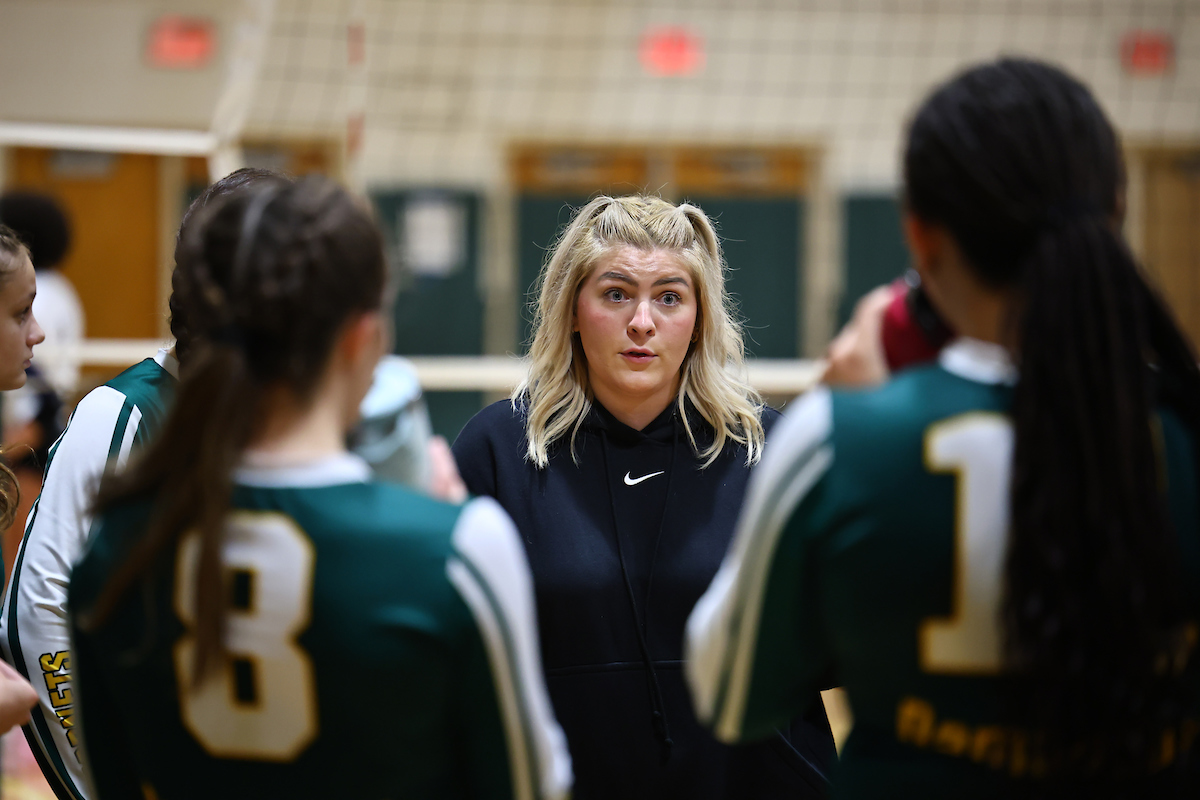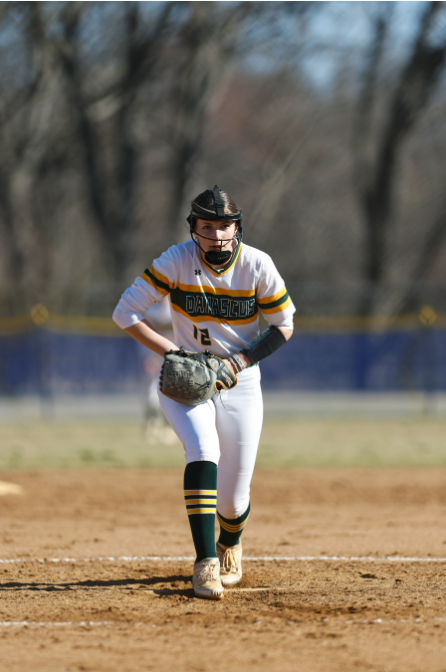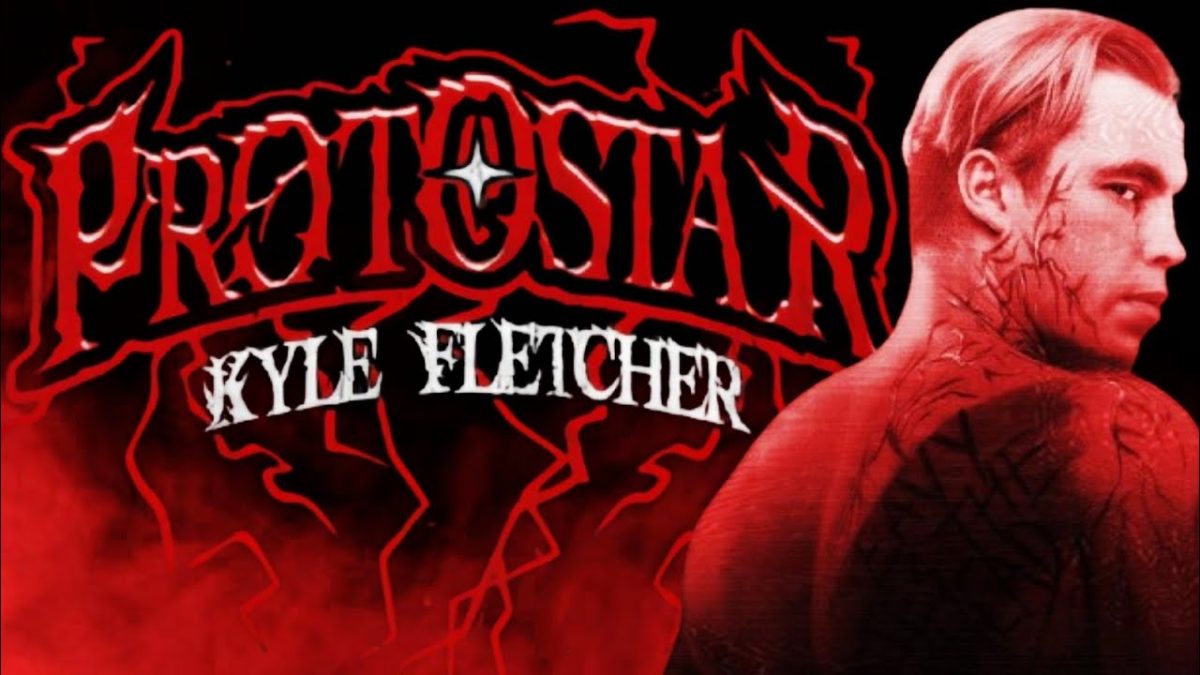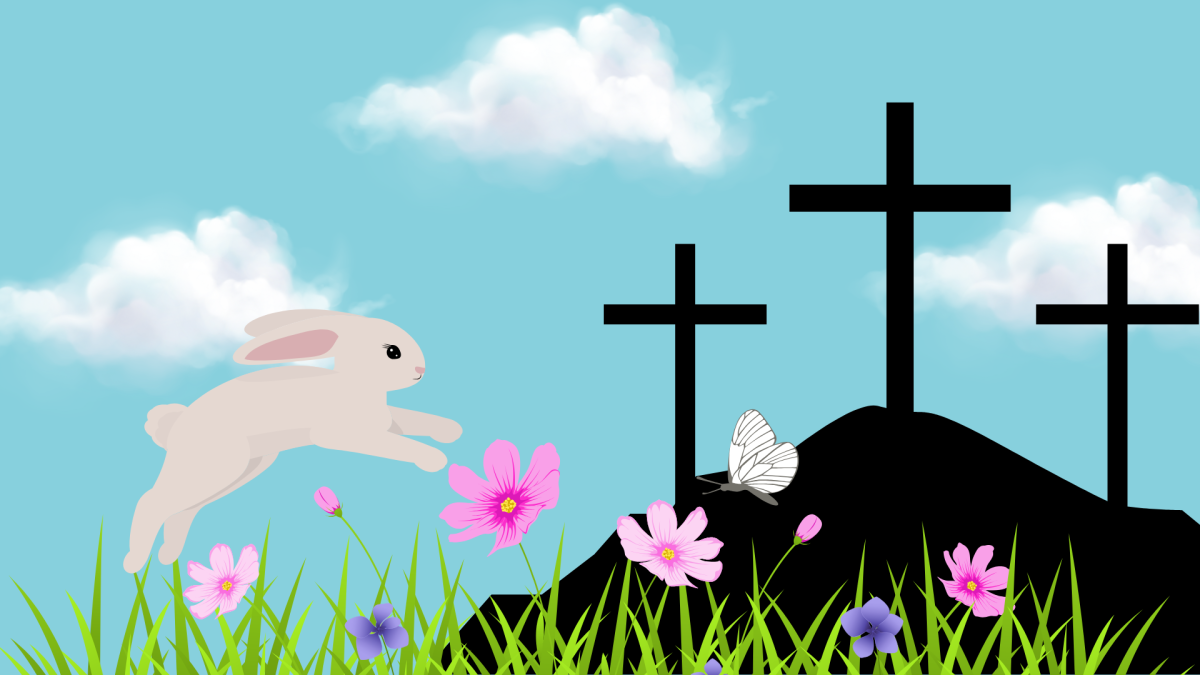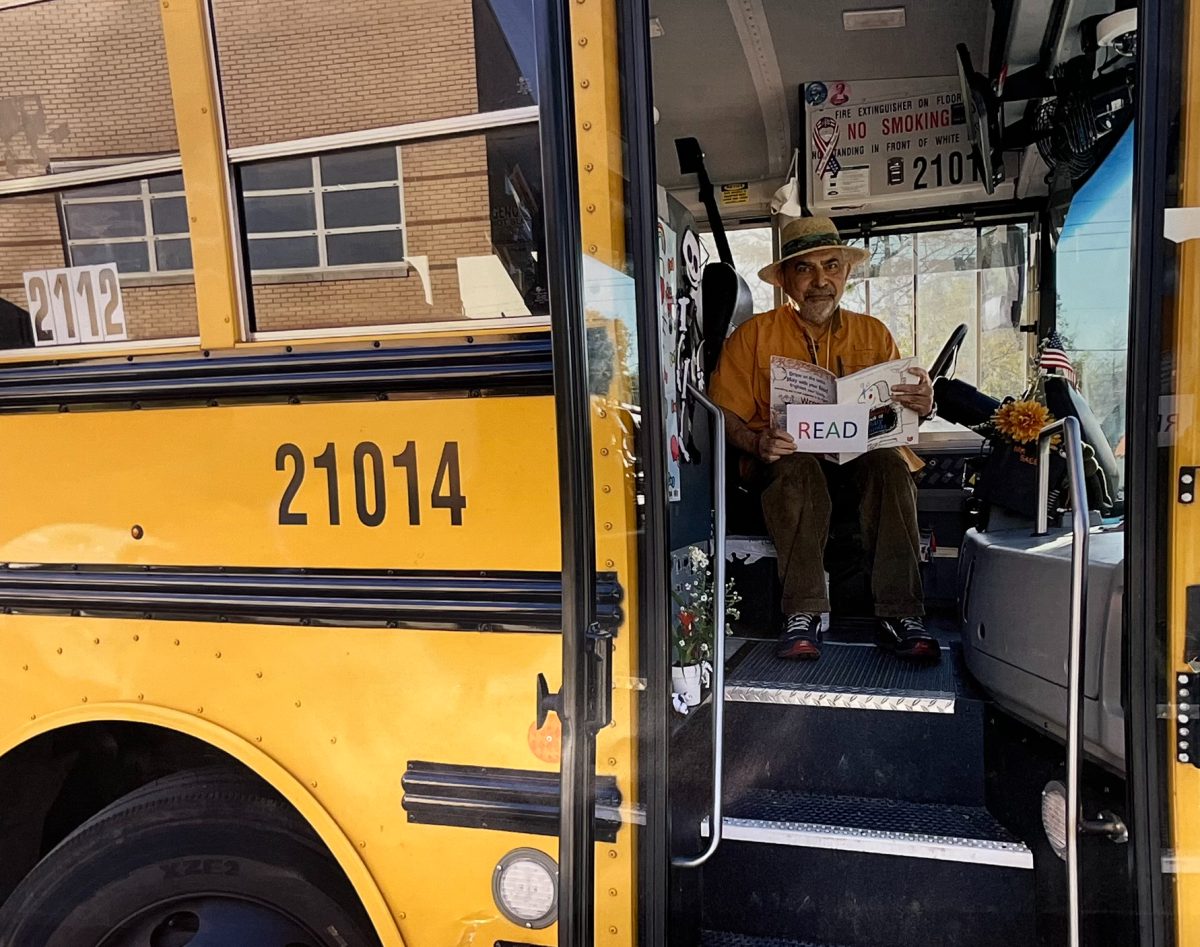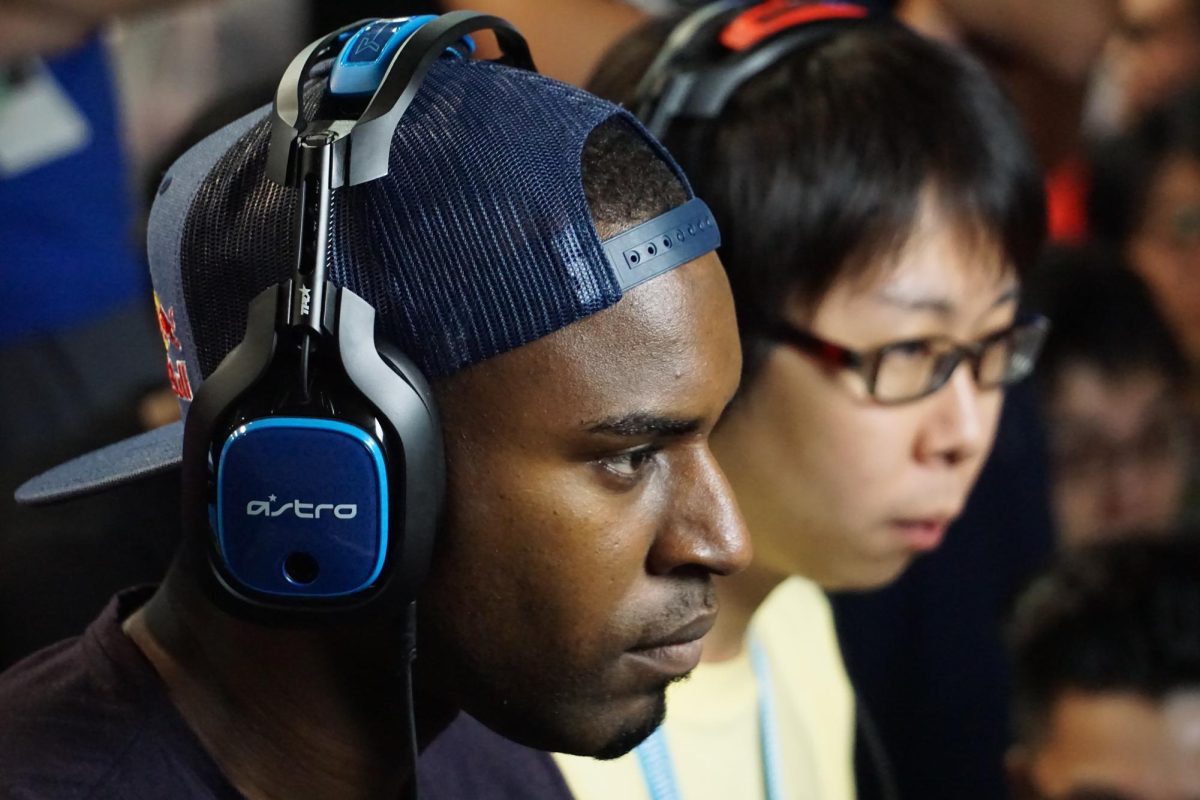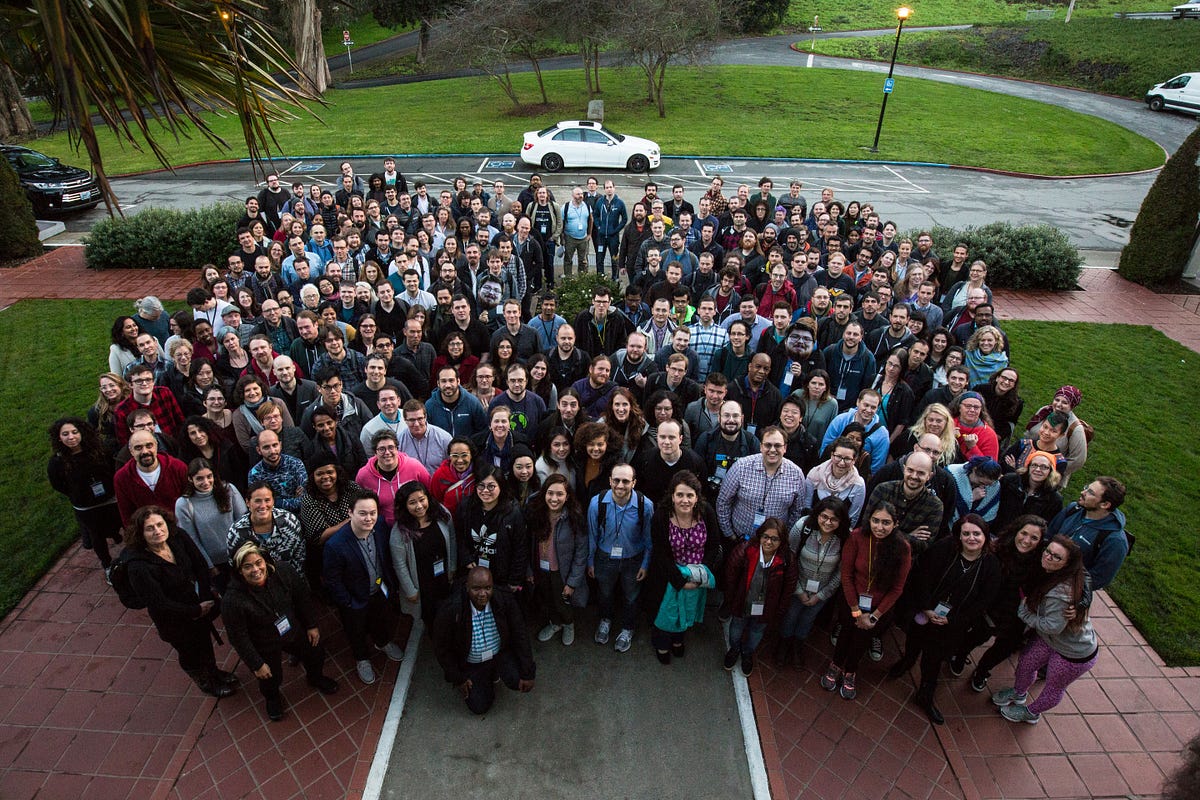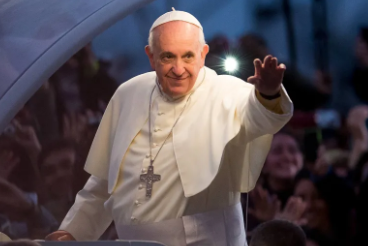Pope Francis, known for his humility, doctrinal conservatism, and commitment to social justice, was popular and respected beyond the Catholic community. Pope Francis’s manner was less formal than his predecessors. Before papacy, he lived in a small apartment, used public transportation, and cooked his own meals. As Pope, he resided in the Vatican guest house instead of living in the papal official residence. Pope Francis knew many languages, among them Spanish, Italian, and German. He was also conversant in Latin, French, Portuguese, and English, and he understood other languages.
While he took the papal name Francis, his original name was Jorge Mario Bergoglio. He was born on Dec. 17 1936 in Buenos Aires, Argentina. He served as pope from 2013 to 2025 and died at the age of 88 on April 21, 2025. Bergoglio was the first pope from the Society of Jesus (the Jesuit order), Latin America, the Americas, the southern hemisphere, and the first born outside Europe since the 8th century.
Bergoglio’s parents were Mario Jose Bergoglio and Regina María Sívori. Mario Jose Bergoglio was an Italian immigrant and an accountant, his family left Italy in 1929 to escape Mussolini’s fascist rule. Regina María Sívori was born in Buenos Aires, but her family was of northern Italian origin.
In sixth grade, Bergoglio attended Wilfrid Barón de los Santos Ángeles, a school of the Salesians of Don Bosco. He attended a technical secondary school and graduated with a chemical technician’s diploma. His earlier jobs were as a bouncer and janitor before working in the food section of Hickethier-Bachmann Laboratory. He had life-threatening pneumonia and three cysts. At 21, the left half of a lung was excised.
Bergoglio was a Jesuit from 1958 to 2013, a journey that began while he was on his way to celebrate the spring day. He passed by a church for confession and was inspired by a priest. Bergoglio studied at Archdiocesan seminary, Inmaculada Concepción Seminary. Bergoglio once doubted his religious career when, as a young seminarian, he had a crush on a girl.
Bergoglio entered the Society of Jesus after three years, on March 11, 1958. As a Jesuit monk, he studied the humanities in Chile. In 1960, he got a licentiate in philosophy from the Colegio Máximo de San Jose.
Then, from 1964 to 1965, he taught literature and psychology at a high school in Argentina, Colegio de la Inmaculada Concepción. In 1966, he moved on to teach literature and psychology at another high school, Colegio del Salvador. In 1967, he began his theological studies at Facultades de Filosofía y Teología de San Miguel, still in Argentina.
Bergoglio was ordained a priest on Dec. 13, 1969, served as the master of novices, and became a professor of theology. He completed his spiritual training as a Jesuit at Alcalá de Henares in Spain on April 22, 1973. In July of that same year, he was named provincial superior of the Society of Jesus in Argentina, for which he served a 6-year term that ended in 1976.
In 1973, Bergoglio made a pilgrimage to Jerusalem, his trip was shortened by the outbreak of the Yom Kippur War. In 1980, he spent three months in Ireland learning English and stayed at the Jesuit Centre at the Milltown Institute of Theology and Philosophy. That same year, he was named rector, a senior official in an educational institute, of the Philosophical and Theological Faculty of San Miguel. He held the position for six years, until 1986, and was replaced by someone more in tune with the worldwide trend; Bergoglio held an emphasis on popular religiosity and direct pastoral work.
Bergoglio spent many months at the Sankt Georgen Graduate School of Philosophy and Theology in Germany, where he explored the work of German-Italian theologian Romano Guardini. He then returned to Argentina to serve as a confessor and spiritual director to the Jesuit community. Bergoglio was also mentored by Ukrainian Greek Catholic priest Stefan Czmil while at Salesian school.
In 1992, he was named Auxiliary Bishop of Buenos Aires. That same year, Jesuit authorities asked Bergoglio not to live at Jesuit residences because of tensions with leaders and scholars. There were concerns about his “dissent”, views on catholic orthodoxy, opposition to liberation theology, and his role as auxiliary bishop of Buenos Aires. As a bishop, he wasn’t subject to his Jesuit superiors anymore.
On June 27, 1992, Bergoglio was consecrated as the titular bishop of Auca. He chose “miserando atque eligendo” for his episcopal motto, Latin for: by having mercy, by choosing him. This motto emphasized God’s calling.
Bergoglio was appointed coadjutor archbishop on June 3, 1997. The following year, on Feb. 28, 1998, he became metropolitan archbishop after Quarracino’s death. As archbishop, Bergoglio established new parishes, restructured the archdiocese, led pro-life efforts, and formed a commission on divorces. Bergoglio also increased the church’s presence in Buenos Aires, Argentina’s shanty towns, which he visited himself. Among his accomplishments, Bergoglio ended the church’s high spending habits, preventing near bankruptcy.
On Nov. 6, 1998, Bergoglio was named Ordinary for eastern catholics in Argentina. In 2000, he reconciled with former bishop Jerónimo Podestá, who was suspended as a priest for opposing the Argentine Revolution military dictatorship in 1972. He also defended Podesta’s wife from Vatican attacks on their marriage.
Bergoglio continued to be the archbishop of Buenos Aires even after his elevation to the cardinalate in 2001, on Feb. 21. He was assigned the title of Cardinal priest of San Roberto Bellarmino. The five administrative positions in the Roman Curia that he was appointed to were: Congregation for Divine Worship and the Discipline of the Sacraments, the Congregation for the Clergy, the Congregation for Institutes of Consecrated Life and Societies of Apostolic Life, the Pontifical Council for the Family, and the Commission for Latin America.
When Cardinal Edward Egan returned to New York after the attacks on Sept. 11, 2001, Bergoglio replaced him as relator in the Synod of Bishops. On Nov. 8, 2005, Bergoglio was elected president of the Argentine episcopal conference. He served a 3-year term and was re-elected on Nov. 11, 2008.
After turning 75 in Dec. of 2011, Bergoglio submitted his resignation as archbishop of Buenos Aires. However, he stayed in office while waiting for the Vatican to appoint a replacement.
When Pope John Paul the Second died on April 2, 2005, Bergoglio was considered one of the papabile for succession to the papacy. He participated as a cardinal elector in the 2005 papal conclave. Pope Benedict XVI was elected on April 19.
Bergoglio was elected as Pope on March 13, 2013, and took the papal name Francis. He chose the name in honor of Saint Francis of Assisi because he was concerned about the poor. Pope Francis received his congratulations standing instead of sitting on the papal throne. After being elected as pope, Pope Francis took the bus back to the hotel with the cardinals instead of taking the papal car.
Reactions to Bergoglio being elected as Pope in 2013 were mixed. Most of Argentinian society was happy about it, and the president of the national library only congratulated him due to his popularity in Argentina. However, one thing is certain: Pope Francis left his mark on the world.

